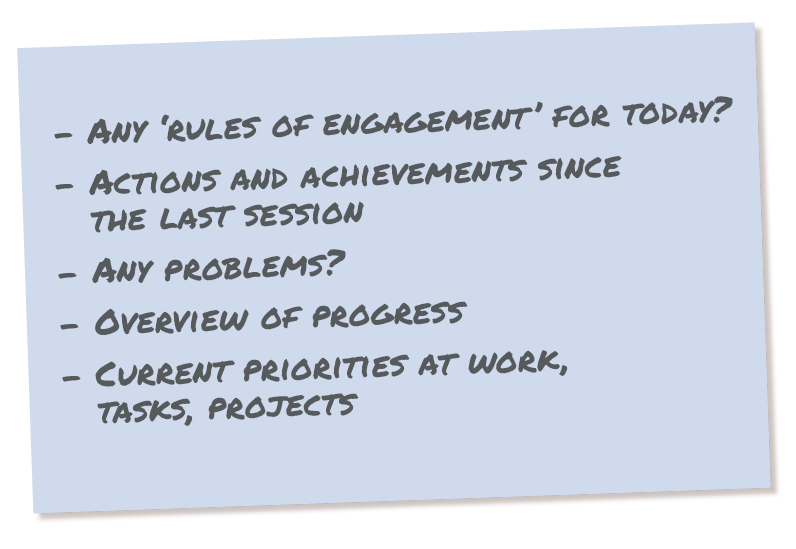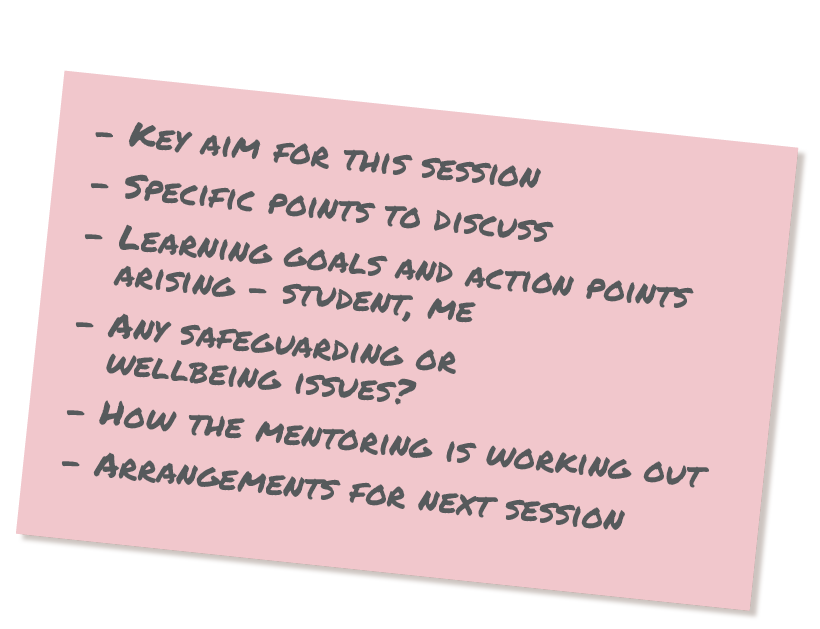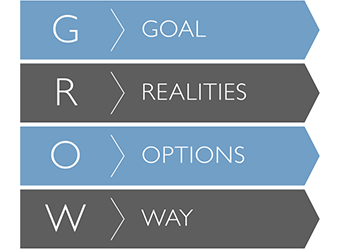Support For Industry Placement Mentors
8. Planning and running mentoring sessions
Time with your student is the heart of the matter for you as a mentor. It’s when all the preparation and planning pay off. It’s also where your personal qualities come into play as mentoring is above all a relationship. There are important things you can do to make the sessions go well. But at the end of the day it’s for you and your student, between you, to make it work.




